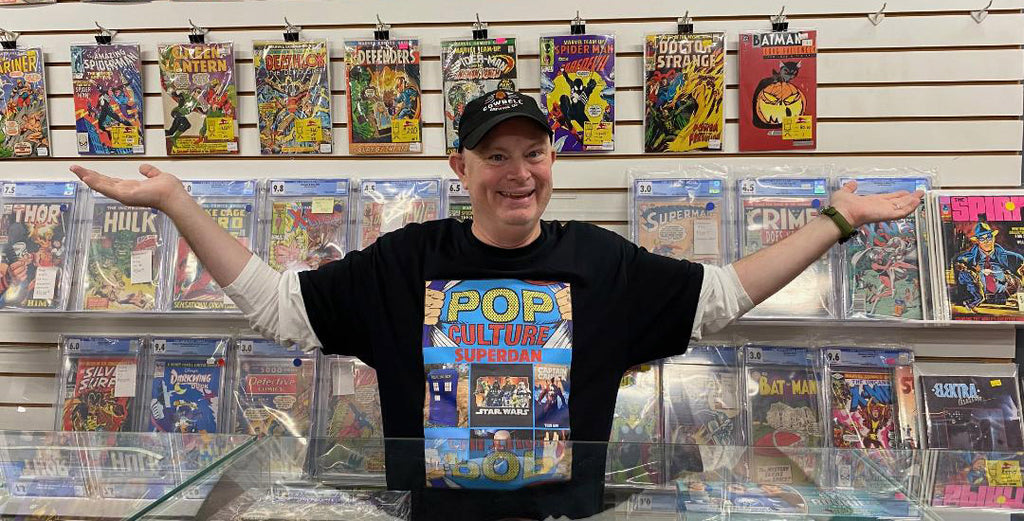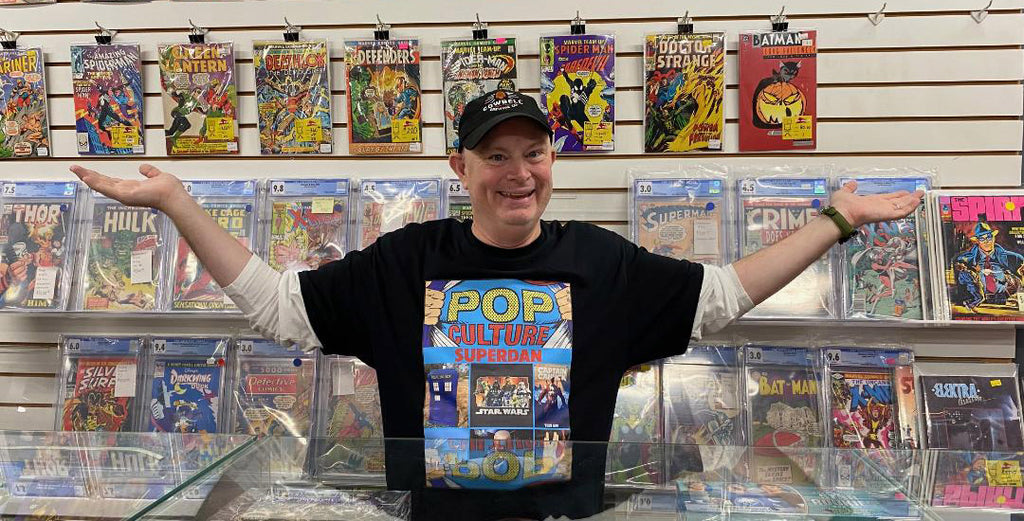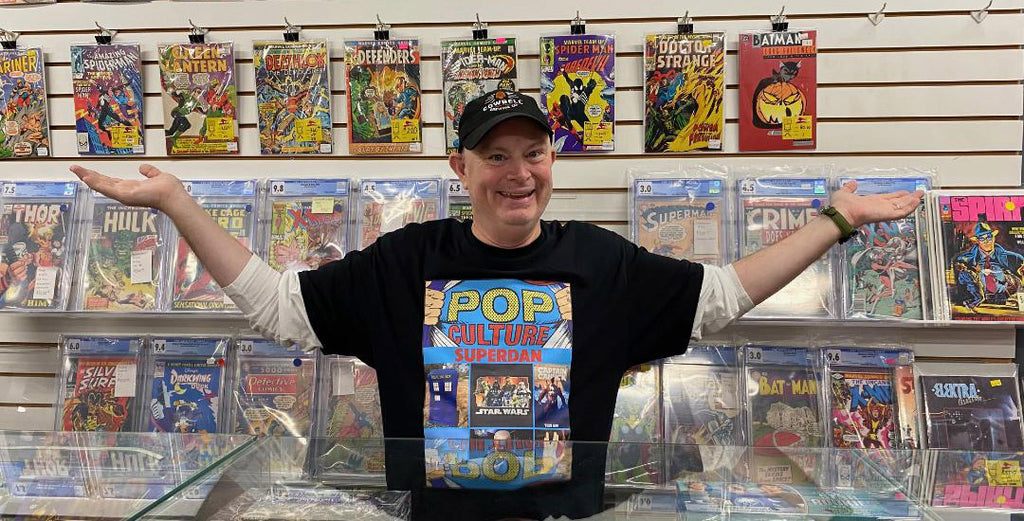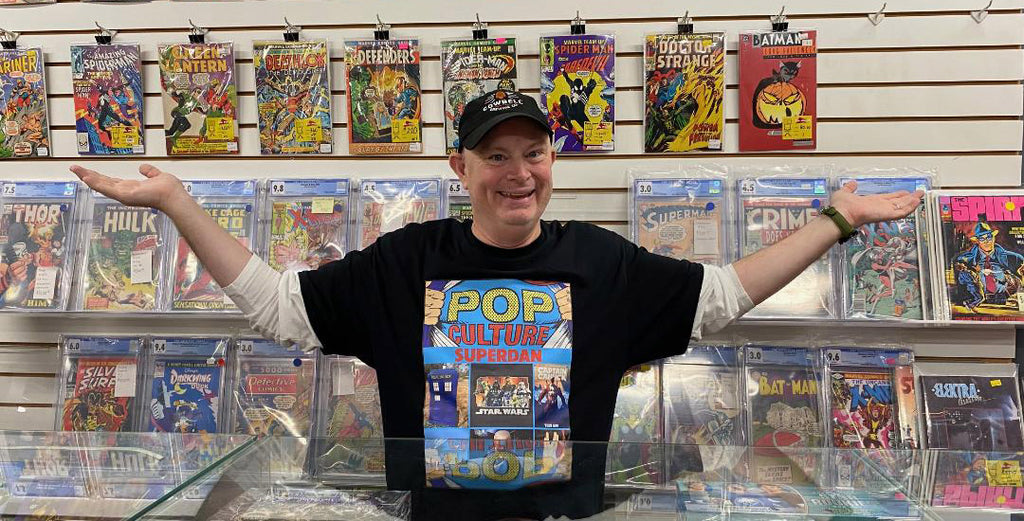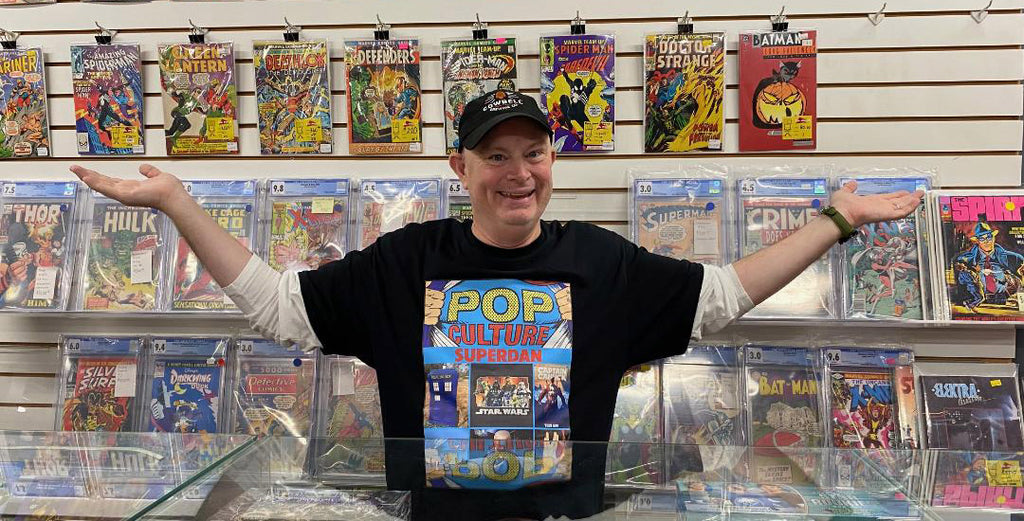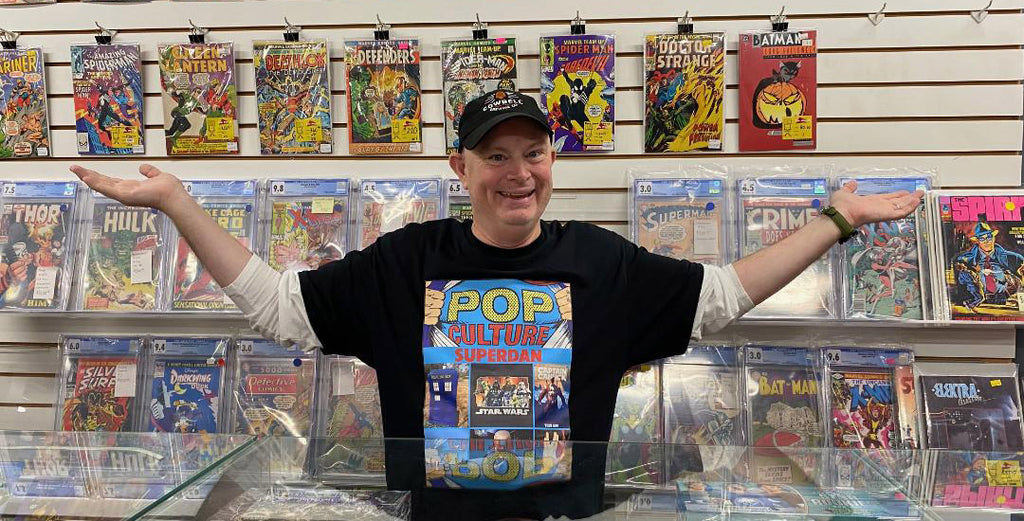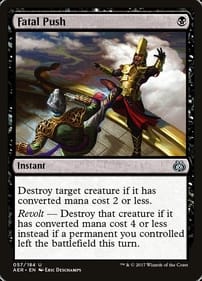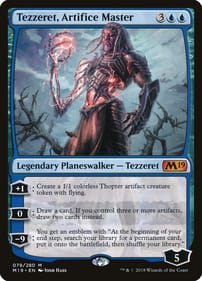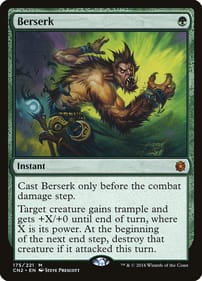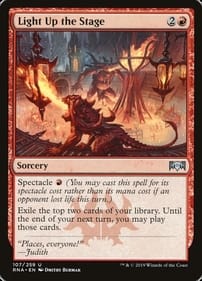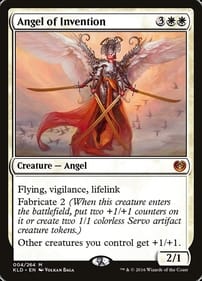The Few, The Proud, The Unproductive
By Dan BrownLet us now praise those comic creators who had a big impact on comic history despite spending very little time in the spotlight.I’m talking about your David Mazzucchellis, your Michael Goldens, your Paul Chadwicks. You may have your own favourites.What do these artists have in common? Compared to such stalwarts as Kurt Swan and Jack Kirby, they were . . . not all that productive. Which hasn’t stopped them from inspiring wildly loyal fandoms.Some of them are still active today. Once in a while.They had brief runs (that are still remembered 50 or 60 years later), they did an amazing job, they revolutionized comics. And then they more or less disappeared.Perhaps some of them had a hard time meeting the grind of monthly deadlines. No doubt some of them made more money as illustrators in other fields. For whatever reason, they found other vineyards to toil in.Oh, we young comics fans loved them. If it was up to us, they would have had their choice of assignment.Mazzucchelli we knew as the artist on Frank Miller’s Batman: Year One, which reset the Dark Knight’s origin for a new generation. The Neal Adams Batman belonged to our older brothers, but this one was OURS. The brilliance of his style was that you couldn’t tell which era this Batman came of age in. Was it the 1970s? The 1930s? The modern day? You couldn’t pin this Batman down, he was timeless.Oh yeah, Mazzucchelli also worked on Daredevil briefly, then years later came out with the graphic novel Asterios Polyp. Might he be a perfectionist, might that be the reason that prevented him from doing more?Michael Golden lit the comic world on fire with his 12-issue run on the Micronauts. It was a comic adaptation based on a toy line, and like Mazzucchelli he also created an otherworldly milieu, with exhausted heroes and truly diabolical villains. Then, a glimpse of something even more awesome: For one issue, Star Wars No. 38 in 1980, Golden showed us a vision of a galaxy far, far away with art that we actually dug.It had seemed up to that point Marvel was abusing Star Wars fans on purpose by using mediocre artists.When we got a little older, graduating to more mature stories, Chadwick spoke to our young-adult selves with his thought-provoking Dark Horse series Concrete. A book built around a superhero who wanted only to sit around and think? We were intrigued, It was as if Ben Grimm had become a philosopher.But unfortunately for us, it didn’t last. He was another creator who, it seemed, had found other things to do outside of comics. Perhaps he just lost interest.Like I said, not everyone is blessed with the work ethic of a Kirby or the endurance of a Swan or a John Romita. Not every comic creator even wants to be in the conversation.Some are destined to be excellent, then be gone. Could be it’s a blessing in disguise? One byproduct is we will never get sick of their expressive lines.Nor am I suggesting any of these talented people are snobs for finding other pursuits. Not everyone has thousands of individual issues in them, I get it.Heaven forbid they should ever be among the most productive people in the industry’s history. Because those folks get a different label: We deride them as hacks.Dan Brown has covered pop culture for more than 32 years as a journalist and also moderates L.A. Mood’s monthly graphic-novel group.
Nothing Compares to Negasonic Teenage Warhead
Negasonic Teenage Warhead was unknown to me until the first Deadpool movie. She’s a young mutant who has the power to blow up – literally.So when I saw the debut issue of a Marvel Comic named after her, I picked it up. Turns out it reprints the story from a previous series she starred in. Since she first appeared on my radar, I found out, the character has developed more powers. This time out she isn’t just a living explosion, she can potentially snuff out all reality.Talk about teenage angst!With writing by Andrew Wheeler and art by Eleonora Carlini and Carola Borelli, the new Negasonic Teenage Warhead No. 1 is a breezy tale of one teen’s search for a date for the end of the world.The complication is, if she doesn’t find a specific girl to date, all of existence goes kablooey. And NTW would be to blame.Deadpool appears in a brief prefatory section. He is a one-mutant reference machine, spouting on about Thelma and Louise, Alien and Predator, Frost and Nixon.Also appearing are agents of the Time Variance Authority, which I remember from the Loki Disney + series. These are the folks who make sure time is unspooling as it should. If they find a fugitive from one timeline in another, as a result of time-travelling, they can erase them permanently. Since Negasonic Teenage Warhead – or, more accurately, a future evil version of her – threatens everything that ever existed, the TVA wants to put her on trial. Thus begins a breakneck story co-starring pretty much every female Marvel character. Scarlet Witch makes the scene, as do Sue Storm, Jean Grey, and Emma Frost.The complaint from some older Marvel fans is that the current comics are just expansions of storylines that in the old days would have been resolved in a single issue. So the X-Men will fight the Avengers, let’s say, but in today’s comics it will be a year-long event that spawns multiple side series.This comic is the opposite of that. It’s one of those old-fashioned universe-shaking premises – “What if NTW was even more powerful than Galactus? – but it is so compressed. In the world of the comic, it takes place within one hour. In other words, it won’t dispel comments from readers my age that today’s fans have a limited attention span.I have read Marvel sporadically in the last few years, but I was able to keep up fine with the story.Genosha, the site of a mutant massacre, is one setting, and the Krakoa Era of mutantkind is also evoked. From what I understand, the children of the atom have moved on from their island Utopia in the main Marvel continuity. There’s also a sly reference to the most popular mutie of all, Wolverine.There’s even a bone thrown to oldsters like me in the form of an in-panel reference to another Marvel comic, the kind the narrative voice used to drop in every Marvel issue. What’s next? Are thought balloons also going to make a comeback?And there’s some patented Marvel philosophizing, with one character expounding on a central quote from Friedrich Nietzshe.I will leave it to you to find out if Negasonic — also known as Eloise Olivia Phimister – is able to save the universe from herself. I’m glad I checked this one out. Now I know why the Sinead O’Connor circa 1989 lookalike is brooding so deeply every time Deadpool comes calling.Dan Brown has covered pop culture for more than 32 years as a journalist and also moderates L.A. Mood’s monthly graphic-novel group.
Is There Product Placement in Comics?
By Dan BrownMaybe it’s because I’m a naive fool, but I don’t ever remember seeing an instance of flagrant product placement in a comic book.I’m talking about the classic kind of product placement, the same type you see in movies or on TV where products are written into the plot of the show in return for brand exposure.(I’ll get to advertising partnerships in comics in a minute. They are a different animal.)For example, in an old episode of Big Bang Theory Raj gets a new iPhone. We know it’s an iPhone because after he and Howard unwrap the device, Raj has a conversation with Siri, Apple’s digital assistant. Not very subtle.Product placement like this would in theory be easy to do in comics. The reference could be written into a comic’s script and then the brand’s product would be drawn by the penciller.We all know Wolverine – being Canadian – loves beer, right? So in a scene in which the deadly mutant walks into a bar, he could order a Budweiser or other brand, and the artist could reproduce the label on the bottle or can in Logan’s hand. Easy-peasy, providing you can get the creative team on board with the idea.As straightforward as the process would be, it doesn’t seem to happen much. Maybe I’ve got feeble eyes, but I don’t recall much along those lines taking place in Marvel or DC Comics. There are opportunities aplenty, it’s true.Batman’s alter ego, Bruce Wayne, might prefer a certain make of sports car. Ben Grimm could make his preferences known for a specific type of cigar. Photographers love to talk about the equipment they favour, so why would Peter Parker be any different?The argument in favour of product placement in comics might go something like this: “We live in a world of brands, so superheroes having brand preferences would make them and their milieu seem more realistic. If advertisers want the exposure, publishers could use the extra revenue.”I’m talking solely about comics here. I know there’s plenty of product placement in motion pictures that feature the same superheroes. That’s a whole other column.Nor am I talking about the advertising partnerships comic publishers occasionally embark on, which are embarrassing because they’re so blatant.For example, Marvel characters such as the Hulk and Spidey were loaned out to Hostess in the 1970s to go on adventures in which the villains were all defeated or distracted the same way: By being fed Twinkies. These appeared as clearly marked ads, not part of a comic's storyline.Likewise, about a decade ago, motorcycle maker Harley Davidson signed a deal with Marvel to feature their fine wares in a series of one-shot issues. This led to odd situations in which the Avengers, instead of using the full range of their powers, including that of flight, would ride Hogs to do battle with evildoers.I did once read a Hawkeye storyline set in Madripoor in which a specific brand of credit card was name-dropped, but I can’t recall having seen anything like it since. And I can't say for sure it was the result of a deal.Perhaps the reason for the dearth of product placement in comics is publishers might have to share the fee with creators. Or maybe comic creators who consider themselves "artists" feel they’re above crass product placement.Or maybe it goes back to the traditional perception of comics being stuff for children, and therefore product placement being viewed as unfairly taking advantage of kids. Of course, both you and I know the average comic reader today is in their 40s or 50s so that argument no longer holds water.Dan Brown has covered pop culture for more than 32 years as a journalist and also moderates L.A. Mood’s monthly graphic-novel group.
Alien: Romulus Comic Short, but Intriguing
How the Alien: Romulus comic fills in Alien franchise story gaps and more reasons to read the comic explained in columnist's Dan Brown's comic book review.
Read The StoryNow This is a Fun Godzilla
By Dan BrownAs you may have heard, this Saturday (November 2) is Godzilla Day at L.A. Mood Comics & Games. It’s the store’s way of celebrating the giant lizard’s 70th anniversary on the silver screen.So here’s my two cents.Godzilla has appeared in a lot of comics over the decades, but few are as fun as the Essential Godzilla: King of the Monsters, which collects all 24 issues of Marvel’s 1970s series featuring He-Who-Stomps-Tokyo.Marvel jumped on just about every bandwagon in those days. Does anyone remember Dazzler, the mutant who had all the powers of . . . a glitter ball? The thinking was, if disco music or Alice Cooper or kung-fu movies or the Human Fly are a sensation in pop culture, then surely a comic featuring the same trend du jour will be a hit.Those comics – generally done on the cheap – are the ones that defined my childhood. And the fact this Godzilla series lasted two years is a testament to how popular it must have been.The first issue appeared in 1977 (the same year Star Wars, and the ensuing Marvel adaptation, took off) and within the first few pages the book’s creative team (artist Herb Trimpe and writer Doug Moench) effectively meld Toho Productions continuity with that of the Marvel Universe. Surprise! It turns out Godzilla was always in the same world as Spider-Man, the Avengers, and the Fantastic Four! That opens up a lot of possibilities.The challenge for the creators was in having a central character who is kind of like another big G, Galactus, except not as talkative. Godzilla is a force of nature, so he doesn’t really speak a lot, unless utterances like these count as dialogue:– Shreeaww– Hrahhh– Graww– Mraww– Reeaww– MeeawrrMan, I love old-timey sound effects! I’m sure Trimpe and Moench had a ball coming up with them.And as with Galactus, there is a running debate in this series about Godzilla’s essential nature. Is he like a snowstorm, and therefore beyond morality? Or is his trampling of landmarks like the Hoover Dam proof of malevolence? Is he driven solely by animal instincts, is Godzilla – as one character exclaims – an “overgrown gila monster”? Could there even be a noble heart under that scaly hide?So, back to those Marvel guest stars.Nah, they didn’t use them to full advantage.I’m guessing the editors who were in charge of other Marvel heroes at the time didn’t want to loan out their A-list characters. The ostensible human star of the Godzilla comic is Dum-Dum Dugan, who is in charge of SHIELD’s Godzilla capture team. Yeah, they couldn’t even get Nick Fury.You know Dugan as the Second World War veteran with a bowler hat and walrus moustache who was somehow still wah-hoooing 30 years later. At least with Fury Marvel's writers made up some story about a de-aging formula making him immortal (or something). And where Dugan was on the winning side in the battle against the Nazis, he is forever being bested by Godzilla. You will also recognize Dugan because he says things like “Looks like it’s time for old Dum-Dum to bail outta the jaws o’ death. Never could stand bad breath,” the latter being a reference to Godzilla’s ability to spew nuclear fire.Later, some bigger stars do appear, but funny thing: I never remember Spidey or Mister Fantastic or the Vision referring to Godzilla in their own titles. You’d think, because he was a menace to all of North America in this series, word would have gotten out to the larger Marvel Universe. But does Godzilla fight other monsters, you ask. You bet. Among his foes are Batragon, Centipor, Ghilaron, and Lepiraz, any of which could easily pass as the brand name for a depression or weight-loss medications. Next up: Godzilla takes on Ozempic!While Godzilla’s Marvel days may have lasted a rollicking two years, the comic version of that other movie from 1977, Star Wars, helped Marvel stay afloat back in the day. In fact, the company continues to produce Star Wars content to this day, proving that if even just one trend-inspired comic series pans out, it can be a boost to a publisher’s bottom line for a long time.And if comic books aren’t your thing, just take a look around L.A. Mood on Saturday as Godzilla Day unfolds. The friendly staff will have whatever merch you crave! Dan Brown has covered pop culture for more than 31 years as a journalist and also moderates L.A. Mood’s monthly graphic-novel group.
Sentinels is Dark and Looks to Get Darker
By Dan BrownSentinels No. 1 has an intriguing premise, but man is it dark. With such a grim start, I’m not sure where the new series will go from here. Can it get any more dystopian?Billed as Marvel’s token “bad-guy book” among the company’s 18 (by my count) X-titles, it features a cast of military types who have been implanted with sentinel technology. They are machine/human hybrids whose goal is to forcefully corral mutants, then bring them to prison.In keeping with the dystopian theme, the prison is housed in the basement of Professor Charles Xavier’s former school for gifted children i.e. mutants. But where Xavier’s dream was to find a way for mutants and humans to co-exist, the sentinels are programmed – and kept in line with mood-regulating drugs – to use violence to bring them in. It’s a world turned upside-down.This all takes place in Marvel’s post-Krakoa universe. Last time I checked in with the X-Men, they were living pretty much as immortal gods on the sentient sanctuary island. I wondered what Marvel was going to do with its mutant characters once that storyline ran its course, and now readers are beginning to find out. (Marvel has said it will be concentrating more on solo titles featuring the likes of Wolverine and Storm as the mutants reintegrate into society.)Not to be trusted with their genocidal instincts, the giant sentinel robots themselves have been powered down in favour of these cyborgs. The danger for the bad guys, who have code names like Lockstep, Drumfire and Sawtooth, is that the cybernetic implants have a tendency to take over their minds and bodies completely, a process called “full grafting” which destroys their remaining humanity.The issue is a finely crafted comic, with art by Justin Mason and writing by Alex Parknadel, creators whose work is new to me. Let’s just say the result is not something Jack Kirby and Stan Lee would ever have dreamed up.There’s also friction between the civilian who pulls the team’s strings, the mutant Lawrence Trask, and the military commander on the ground. It’s reminiscent of what happens in pro sports when a coach can’t get along with his or her general manager.The issue starts with the team dropping into an isolated Russian village to take the homicidal mutant “Omega Red” into custody. Naturally, things don’t go according to plan.There are dark hints as the issue unfolds about how the incarcerated mutants are being treated, which seems to be even worse than the sentinels themselves. They operate in a world in which there are no clear moral lines between human and mutant or organic and mechanical.Some of the team members rationalize their missions by stressing that all they are is hunters – what is done to the captive mutants once they have been put into a cell is none of their business.We also get a glimpse of Trask’s motivation when he recalls the story of two neighbouring villages in thirteenth-century England during a wolf cull. Once the animals victimizing the two communities have been dispatched, he explains, the residents turned on each other.Trask reasons that his role in backing the sentinels is to keep humanity and mutantkind in a kind of equilibrium or stasis so they don’t massacre the other. The sentinels are the “necessary monsters” who keep a “fragile peace” between humans and homo superior. Speaking of Magneto, he doesn’t appear in this issue, but his former ally the Blob does. There’s a different archvillain from the X-Men’s past who graces the story’s final page. You’ll never guess who it is, but I didn’t see his appearance coming. Dan Brown has covered pop culture for more than 32 years as a journalist and also moderates L.A. Mood’s monthly graphic-novel group.


